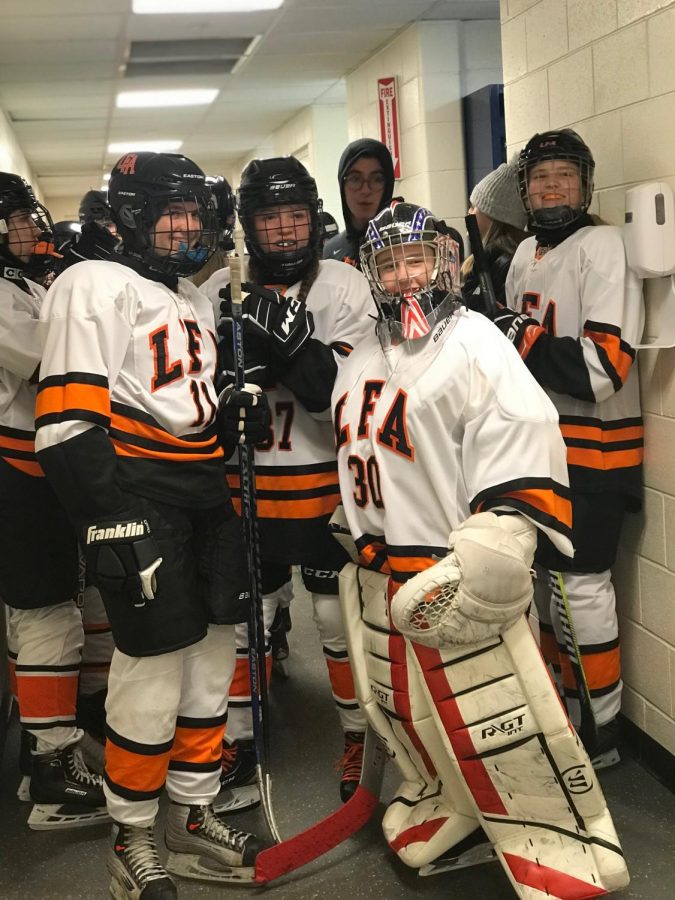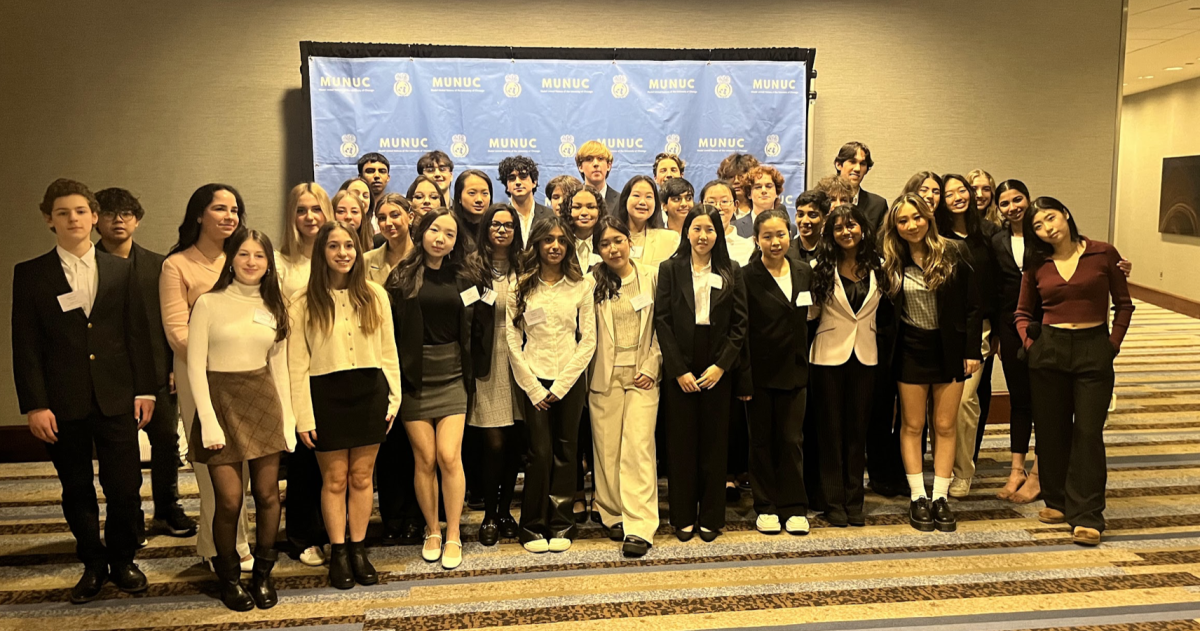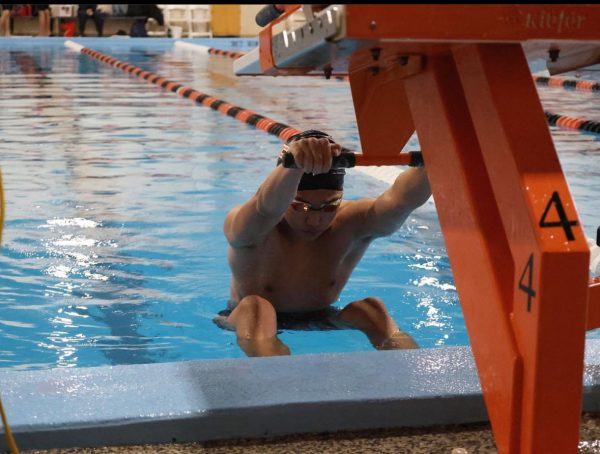Trying to find the ideal balance between sports and school
December 9, 2019
Winter season is the longest athletic season of the school year, where students feel the most stress. Whether it be at the hands of the weather or the workload and college applications, it’s during this season that students easily get overwhelmed and sports can be a large commitment during this time of year. Figuring out a perfect balance between commitments can be very difficult. It’s required that all students participate in one sport a year and freshman and sophomores are expected to complete two PE credits compared to upperclassmen’s one PE credit. Students begin to prepare for final exams during the winter season. In addition to polishing up final papers and projects, students have to set aside time to refine and review skills they’ve learned over the course of the semester. Sports practice usually runs from 3:30-5:00, although some operate at different times due shared practice spaces. These commitments can leave students with little time to devote to sleep and practice basic self-care.
Motivation, health, and availability are key components for a member of a team sport. Students’ busy daily schedules can sometimes make it difficult to retain a strong grip on all of these facets of a strong LFA scholar. The school day runs from 8:10-3:00 with club meetings running from 1-1:30, 9:40-10:00, or 3:30; then there are after school activities from 3:30- 4:30 at the minimum with an average of 30-60 minutes of homework per class. This rigid schedule can create a stressful environment, putting students under a significant amount of pressure. They either fail to get enough rest or do not complete their work. Both of these can lead to more stress or underperformance in classes and sports alike. When students don’t get enough rest, their entire experience at LFA suffers. The sports that students participate in become less fun and players find it harder to improve because they have to balance their mental fatigue, stressors posed by homework, and remain engaged in the sport itself.
“You have to try to boost morale and energy more because it’s cold, but the energy the team has is solely dependent on the coached energy; if we put out excitement and good energy the students gravitate towards that and get excited about going to games and it helps if were winning,” said Mrs. Golota, the assistant coach to girls basketball. To keep from burning out, it’s important for students to know their limits and understand the countless resources they have available to them. You can easily email coaches and teachers alike to inform them that you’re struggling with a tough work load and are in need of assistance. Not only that, but classmates and teammates are always ready to help out their peers. Sportscan be a way to gather energy and a period of stress relief for students. Participating in a sport they enjoy can make a students workload feel significantly lighter. Sports can be a nice distraction in the repetitive cycle of school, homework, and then sleep. Senior Giselle Annan says, “basketball’s practice schedule allows me to a lot of time to do homework and since our practice times change it switches up how I schedule my day to day and keeps me excited during the winter season,”
Finding a balance between academics, athletics, and social life can be a daunting task, but once students develop a system that works for them, their entire highschool experience will be enhanced because of it.















